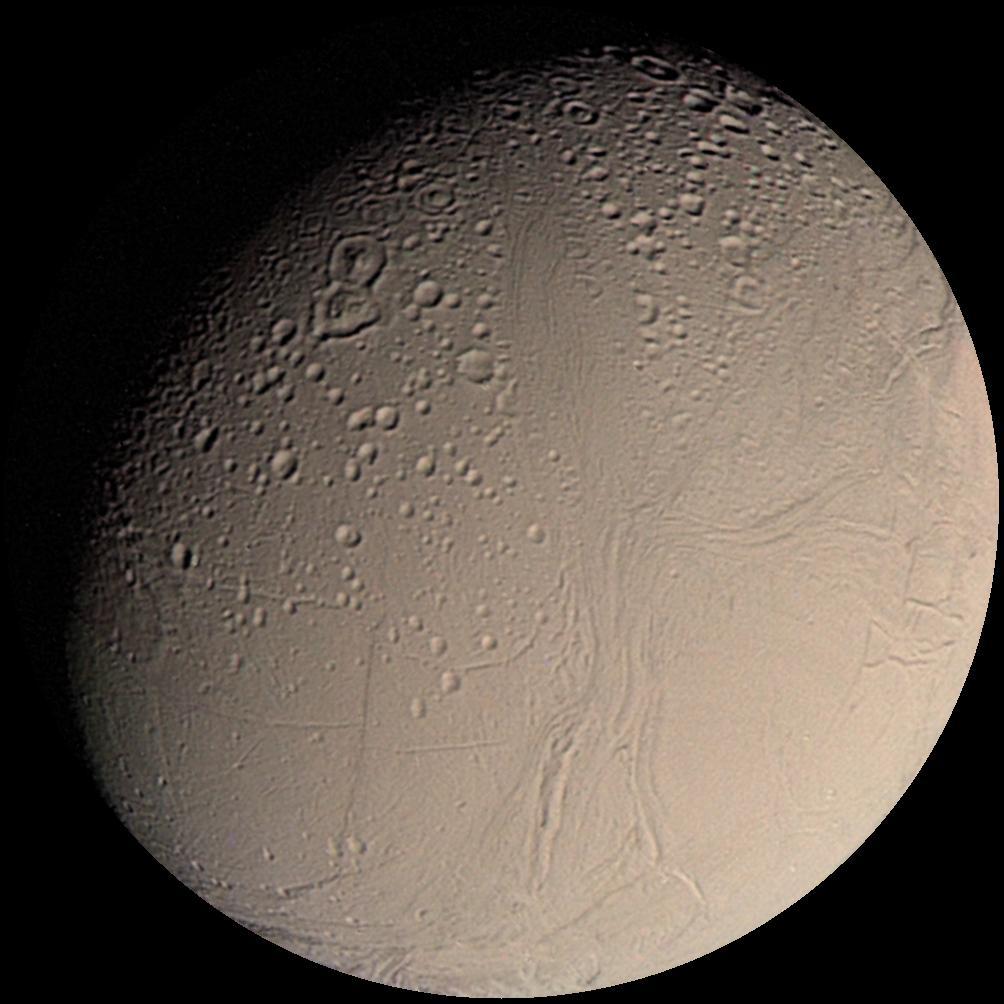Event JSON
{
"id": "b639df8a0850af8c3d9b77ec40aa295b97742071eb5b0f357ebb9dde08d86d7c",
"pubkey": "894dfb8e81fbea70ef2ce2a2cc306069ff39e80b2881775df3dbe035359080c2",
"created_at": 1724835435,
"kind": 1,
"tags": [
[
"imeta",
"url https://files.mastodon.social/media_attachments/files/113/038/810/082/786/348/original/a018f72028b18be2.jpg",
"m image/jpeg"
],
[
"t",
"solarsystem"
],
[
"t",
"otd"
],
[
"proxy",
"https://mastodon.social/@gutenberg_org/113038815116951397",
"web"
],
[
"t",
"astronomy"
],
[
"proxy",
"https://mastodon.social/users/gutenberg_org/statuses/113038815116951397",
"activitypub"
],
[
"L",
"pink.momostr"
],
[
"l",
"pink.momostr.activitypub:https://mastodon.social/users/gutenberg_org/statuses/113038815116951397",
"pink.momostr"
],
[
"-"
]
],
"content": "#OTD in 1789.\n\nWilliam Herschel discovers a new moon of Saturn: Enceladus, but little was known about it until the two Voyager spacecrafts, Voyager 1 and Voyager 2, flew by Saturn in 1980 and 1981. Like many satellites of Saturn discovered prior to the Space Age, Enceladus was first observed during a Saturnian equinox, when Earth is within the ring plane. \n\nhttps://en.wikipedia.org/wiki/Enceladus\n\n#astronomy #solarsystem\nhttps://files.mastodon.social/media_attachments/files/113/038/810/082/786/348/original/a018f72028b18be2.jpg\n",
"sig": "d608be575d04c62bf2bf97e2d68832fa2bc776ee901b15a0f89a71d33000b38400ab9474e0d54d444c761227e891a1c35d6bbccd3c7b3dc09b1a8641af9f4035"
}
